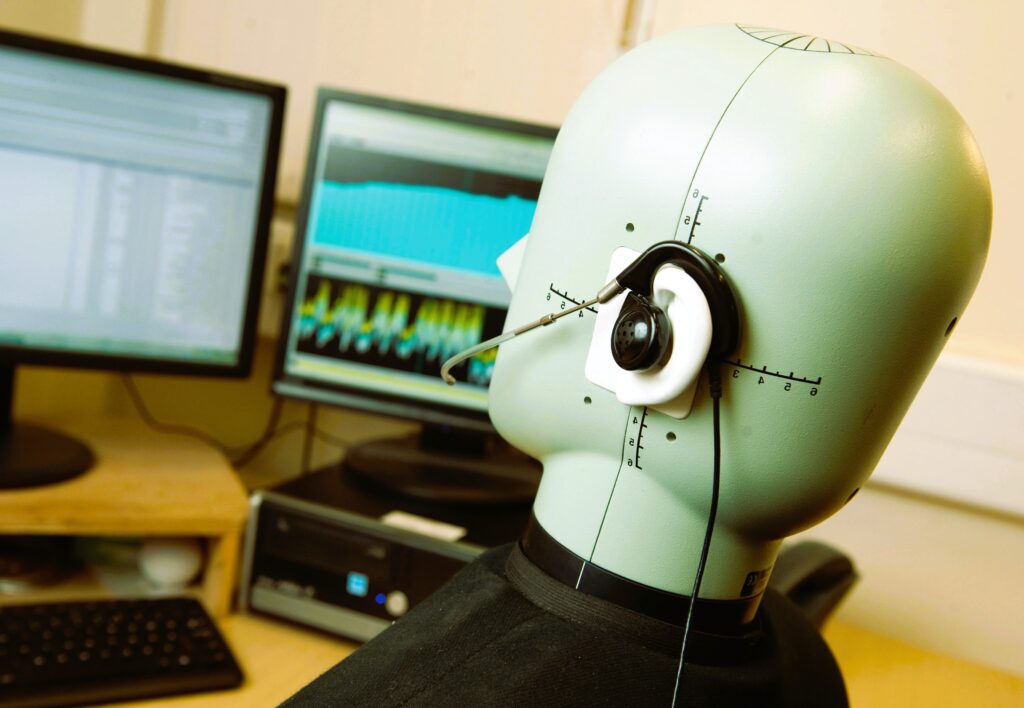
Music is a universal language that transcends cultural boundaries and speaks to the soul. At its core, music is a product of sound waves traveling through the air and interacting with our ears and brains. Understanding the science behind sound and acoustics is essential for musicians, audio engineers, and music enthusiasts alike. In this article, we’ll delve into the fascinating world of acoustics and explore how it shapes the music we love.
The Basics of Sound Waves
At its most fundamental level, sound is a form of energy that travels through a medium, such as air, water, or solids, in the form of waves. These waves are created when an object vibrates, causing the surrounding air molecules to vibrate in turn. The vibrations propagate outward in all directions, eventually reaching our ears, where they are detected by the delicate mechanisms of the inner ear.
Sound waves can be characterized by several key properties, including frequency, amplitude, and timbre. Frequency refers to the number of vibrations per second and determines the pitch of the sound, with higher frequencies corresponding to higher pitches. Amplitude, on the other hand, refers to the intensity or loudness of the sound, with larger amplitudes producing louder sounds. Timbre is a more subjective quality that refers to the tone or color of a sound and is influenced by factors such as harmonics and overtones.
The Role of Acoustics in Music

Acoustics is the branch of physics that deals with the properties of sound and how it behaves in different environments. In the context of music, acoustics plays a crucial role in shaping the way we perceive and experience sound. From the design of concert halls to the construction of musical instruments, acoustics influences every aspect of the music-making process. The influence of technology on music production, read more at this link.
One of the most important considerations in acoustics is the concept of resonance, which refers to the tendency of objects to vibrate at certain frequencies when exposed to external vibrations. In musical instruments, resonance is exploited to amplify and enhance the sound produced by vibrating strings, membranes, or air columns. For example, the body of a guitar acts as a resonating chamber, amplifying the vibrations of the strings and shaping the tone of the instrument.
In addition to resonance, acoustics also governs the way sound waves interact with the environment. Factors such as room size, shape, and materials can have a significant impact on the sound quality of a space, influencing aspects such as reverberation, echo, and sound diffusion. Concert halls and recording studios are carefully designed to optimize acoustics, ensuring optimal sound quality for live performances and recordings.
The Science Behind Musical Instruments
Musical instruments are marvels of engineering that harness the principles of acoustics to produce beautiful and harmonious sounds. Each type of instrument relies on different mechanisms to generate sound, whether it’s the vibrating strings of a guitar, the resonating air column of a flute, or the striking of a drumhead.
String instruments, such as the violin and piano, produce sound through the vibration of strings stretched between two points. When a string is plucked or bowed, it vibrates at a specific frequency determined by its length, tension, and mass. These vibrations are then transmitted to the body of the instrument, which amplifies and shapes the sound before it is radiated into the surrounding space.
Wind instruments, like the flute and trumpet, produce sound by causing a column of air to vibrate within a resonating chamber. When air is blown across a mouthpiece or through a reed, it sets up standing waves within the instrument, producing specific frequencies corresponding to the length and geometry of the air column. By manipulating airflow and embouchure, musicians can control the pitch, volume, and timbre of the sound produced.
Percussion instruments, such as drums and xylophones, produce sound through the striking or shaking of a resonant surface. When a drumhead or bar is struck, it vibrates at specific frequencies determined by its size, shape, and material. These vibrations are then transmitted through the air as sound waves, creating the characteristic tones and rhythms of the instrument.
The Future of Acoustic Research

As our understanding of acoustics continues to deepen, so too does our ability to manipulate and control sound in innovative ways. Advances in digital signal processing, computer modeling, and material science are opening up new possibilities for acoustical research and experimentation.
One area of ongoing research is the development of advanced audio technologies for virtual and augmented reality applications. By leveraging spatial audio techniques and immersive soundscapes, researchers are working to create more immersive and realistic audio experiences for users, enhancing the sense of presence and immersion in virtual environments.
Another area of interest is the development of eco-friendly acoustic materials and designs for buildings and urban spaces. By incorporating principles of biophilic design and soundscaping, architects and urban planners are creating environments that promote health, well-being, and acoustic comfort for inhabitants.
In conclusion, the science of sound and acoustics plays a fundamental role in shaping the music we love and the spaces we inhabit. From the design of musical instruments to the acoustics of concert halls, acoustics influences every aspect of the music-making process. As technology continues to advance, the future of acoustical research promises to unlock new possibilities for creativity, innovation, and sonic exploration.
For further reading on the science of sound and acoustics, you can explore the following resources:
- Wikipedia: Acoustics



